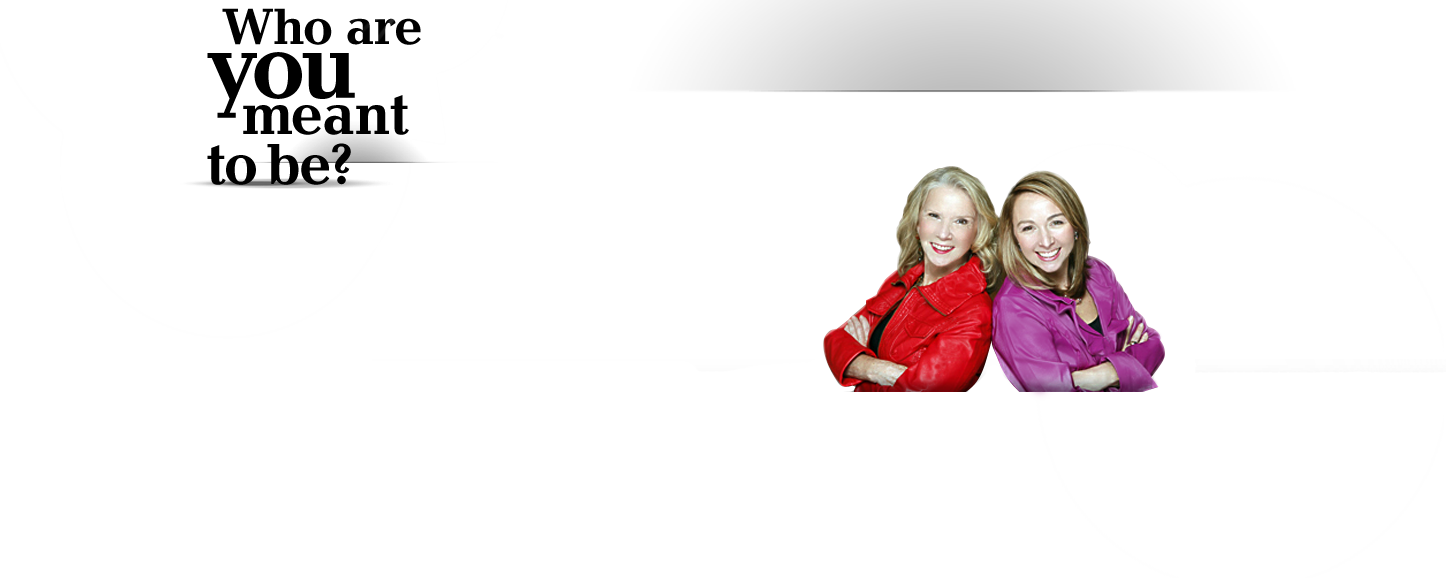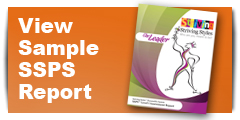ORGANIZATIONAL AND BUSINESS
Building the Health of an Organization and Its People
The Striving Styles Personality System, an evolution of Carl Jung’s Psychological Type, was developed in 2008 by Dr. Anne Dranitsaris, Ph.D. It is an easy, yet profound way of understanding what motivates different personalities and the predominant need that must be satisfied for them to achieve their potential and become who they are meant to be. It differs from other personality typing methods, such as the Myers-Briggs Type Indicator, by getting to the heart of what motivates and drives behavior - need satisfaction and the ability to use emotional energy.
Are you looking to really get at the heart of what creates so many issues in your organization? Do you want to provide your leaders with tools to really take performance to the next level? The Striving Styles Personality System will show you how.
The Striving Styles Personality System, an evolution of Carl Jung’s Psychological Type, was developed in 2008 by Dr. Anne Dranitsaris, Ph.D. It is an easy, yet profound way of understanding what motivates different personalities and the predominant need that must be satisfied for them to achieve their potential and become who they are meant to be. It differs from other personality typing methods, such as the Myers-Briggs Type Indicator, by getting to the heart of what motivates and drives behavior – need satisfaction and the ability to use emotional energy.
The Striving Styles is a revolutionary approach to understanding how people develop emotional intelligence. In organizations, it provides a mechanism for getting to the heart of what creates so many issues – presenteeism, lack of employee engagement, resistance to change, team dysfunctions – to name a few. It gives leaders and managers other tools for interpreting and managing performance problems and communicating in ways that directly speak to the need of the employee.
Other personality systems are cumbersome in that there are so many things you need to remember in order to work with them. In addition, they do not incorporate emotional intelligence and new brain science in the same way that the Striving Styles Personality System does. They tend to shy away from discussions about emotions and needs, keeping the language excessively objective so that it is acceptable to those who don’t want to believe they are motivated by their emotions. Although these systems provide an understanding of personality preferences, employees often get introduced to the theory in a workshop and then forget what their personality type was and what it meant.
What are Striving Styles?
Striving energies are innate energy centers in the brain that move us to activity and organize our behaviour toward a goal. They are observable patterns of behaviour that are easily recognized as a “Striving Style”. There are eight Striving Styles and one of them will be the favorite and most natural to use. When we use our favorite, or most potent, Striving Style, we are most likely to be engaged, optimistic and able to achieve our potential.
Our predominant need and the priority of our other needs are hard wired and set at the time of birth. They give form to our personality and the way we interact with the world. We each have all of the striving energies available to us; however, we differ in the order in which we like to use them. The potency of the striving energy is stronger in those we prefer and therefore dominant. These we use to achieve our potential and allow us to realize who we are meant to be. Each of the different striving energies plays a role in optimal human development, so none can be neglected without consequence.
When we are forced to overuse the behaviors of our less preferred Striving Styles, we weaken our confidence and self-esteem. This can happen because our natural Striving Style is unacceptable to others – our managers, the cultural norms, peers, etc. When our predominant need cannot be met or using our Striving Style fails to help us achieve our goals, another pattern of behaviour emerges, which is generally less mature than our dominant style. This pattern of behaviour, our self-protective behavior is most likely to occur when we can’t use our preferred Striving Style. When this occurs, we are less likely to develop as a result. Having employees that are stressed, insecure or unmotivated leads to an absence of creativity, innovation and cooperation. It is in everyone’s best interest to become more self aware in order to insure both individual and organizational health.
With each of the Striving Styles, we can easily see how individuals will behave when they are self-actualizing. We can also see the behaviors that they revert to when they don’t feel safe, are adapting or just surviving (presenteeism). Just as easily we see the other needs that they like to have met and how they are used together to fulfill the personality. This helps managers and leaders at work to understand when their employees are fully engaged and when they are just showing up.
The following are some of the ways that the Striving Style Personality System can be used in organizations:
Team Dynamics > Understanding the predominant needs of each team member and the team leader gives insight into how well each of the members will integrate into the team and what they will behave like during all stages of team development. If an individual’s predominant need is not being met on the team, they will keep the team in “storming” getting in the way of the team reaching its potential for achieving results.
Presenteeism > Being able to satisfy our predominant need gives meaning to our work lives. Many people lose their full capacity to use their predominant striving energies and are dependent on others to tell them what to do. They show up at work without being fully engaged. The Striving Styles Personality System can help determine the behaviours associated with engaged employees, create circumstances where employees will work to get their needs met, ultimately reducing presenteeism.
Development > Most people are ill prepared in life to satisfy their own needs and so they expect the organization to provide for them. Employees who show up believing they are entitled to more than they have worked for have difficulty with anything that does not make them “feel” good. Understanding and focusing on one’s predominant need can help employees engage in their own development. This ultimately makes change and development easier to navigate through and diminishes the “us and them” mentality that often shows up between employees and managers.
Leadership > The Striving Styles Personality System goes beyond other personality type systems and identifies the psychological need that drives the behavior of the individual leading and how that manifests in day-to-day life in an organization. It shows how they will behave when they are actualizing; the type of people who will best follow their style; strategies for development; path to building emotional intelligence.
Contact us for more information about our programs and workshops.



















0 Comments